US inflation drops to 7.7%
Costs for rents increased, but the price of cars, clothes and medical care helped slow the rate of inflation in the US
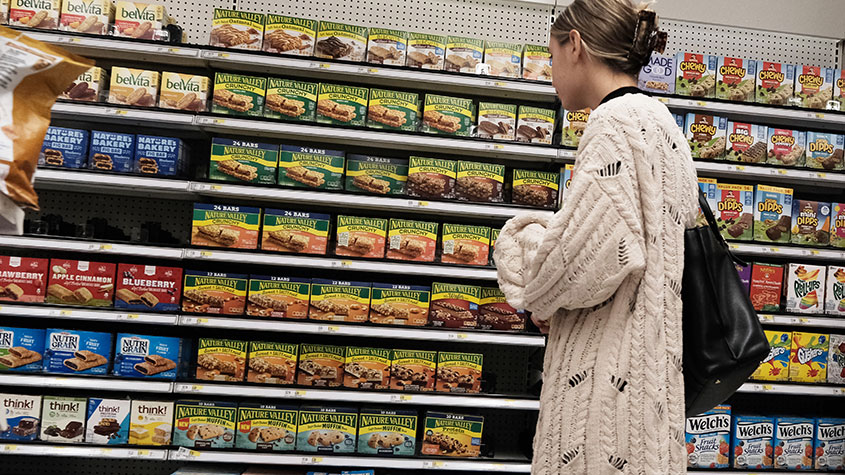

US inflation slowed in October.
The consumer price index rose 7.7% year on year in October, the smallest annual increase since the start of the year.
The figure is below the 8% forecast by economists and down from 8.2% last month.
MoneyWeek
Subscribe to MoneyWeek today and get your first six magazine issues absolutely FREE

Sign up to Money Morning
Don't miss the latest investment and personal finances news, market analysis, plus money-saving tips with our free twice-daily newsletter
Don't miss the latest investment and personal finances news, market analysis, plus money-saving tips with our free twice-daily newsletter
This reading suggests inflation might have peaked, taking pressure off the Federal Reserve, America’s central bank, which has been trying to combat rising prices by hiking interest rates.
Currently, interest rates in the US sit at 4% after a 0.75% hike last week, their highest level since early 2008.
While Federal Reserve chair Jerome Powell has warned that rates will need to rise further to curtail inflation, the slowdown has ignited speculation the Fed will slow the pace of increases in the coming months.
Why did US inflation decrease?
A lower than expected rise in rent and housing costs was the main reason for the slowdown in US inflation last month.
That said, the property market in the US remains hot, so it could take some time before prices come down sustainably.
Car prices, costs for clothes, medical care and airline fares all declined. The price of food has also stopped rising as quickly as it was before and energy prices in the US have been lower than in Europe, as it’s far less reliant on foreign gas and oil.
However petrol prices did increase slightly, and restaurant prices and hotel rates also remain high.
UK inflation figures are due out 16 November, however the latest data from the Office for National Statistics showed today the economy shrank 0.2% as we head towards a recession.
How did the markets react?
Investors welcomed the figures, with share prices rising in the US, Europe and Asia.
The S&P 500 index rose 5.5% after the data was published, and the Nasdaq Composite index closed 7.4% higher.
Hong Kong’s Hang Seng index rose 5.5%, China’s CSI 300 index gained 1.9% and Tokyo’s Topix index 1.8%.
In Europe the Stoxx 600 gained 2.7%, while the FTSE 100 and the FTSE 250 gained 1% and 3.9% respectively.
The dollar fell 2.3%, while sterling jumped over three cents to $1.17.
Get the latest financial news, insights and expert analysis from our award-winning MoneyWeek team, to help you understand what really matters when it comes to your finances.
Nic studied for a BA in journalism at Cardiff University, and has an MA in magazine journalism from City University. She has previously worked for MoneyWeek.
-
 High earners face £15k income hit by 2029 following Autumn Budget
High earners face £15k income hit by 2029 following Autumn BudgetRachel Reeves’s Autumn Budget means high earners – or HENRYs – are now looking at an income hit running into the thousands. Can you avoid it?
-
 Millions underestimate how many paydays are left until retirement - why you should be counting your payslips
Millions underestimate how many paydays are left until retirement - why you should be counting your payslipsKeeping track of how long you will be earning a salary for can help work out how much you need to put into a workplace pension
-
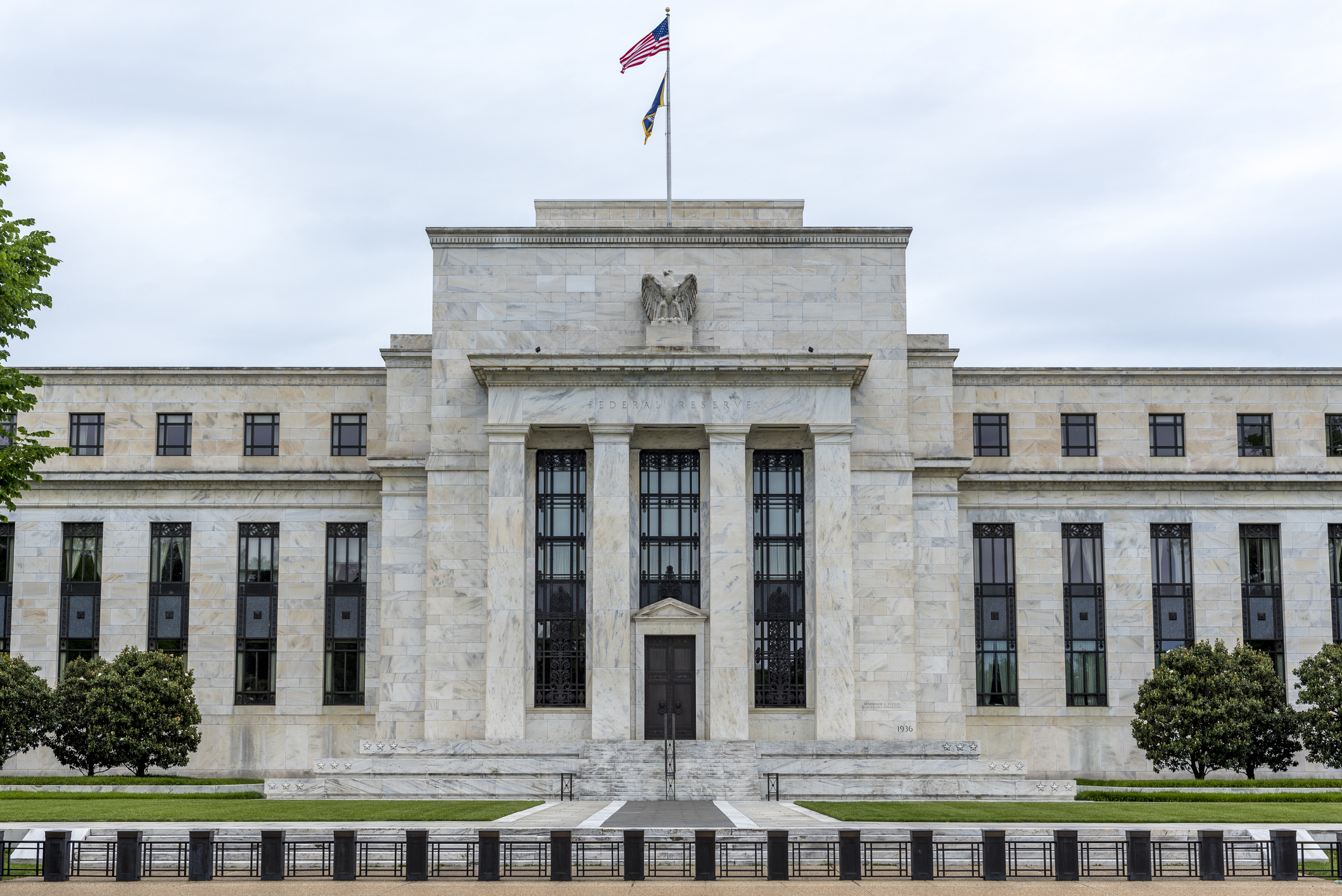 'Governments are launching an assault on the independence of central banks'
'Governments are launching an assault on the independence of central banks'Opinion Say goodbye to the era of central bank orthodoxy and hello to the new era of central bank dependency, says Jeremy McKeown
-
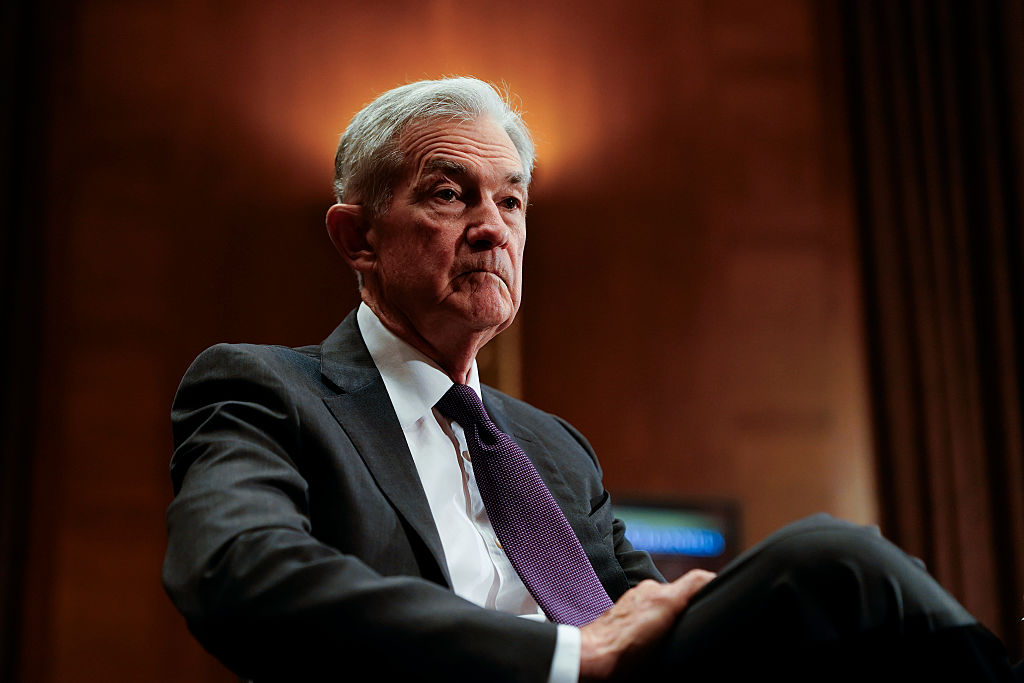 Will Donald Trump sack Jerome Powell, the Federal Reserve chief?
Will Donald Trump sack Jerome Powell, the Federal Reserve chief?It seems clear that Trump would like to sack Jerome Powell if he could only find a constitutional cause. Why, and what would it mean for financial markets?
-
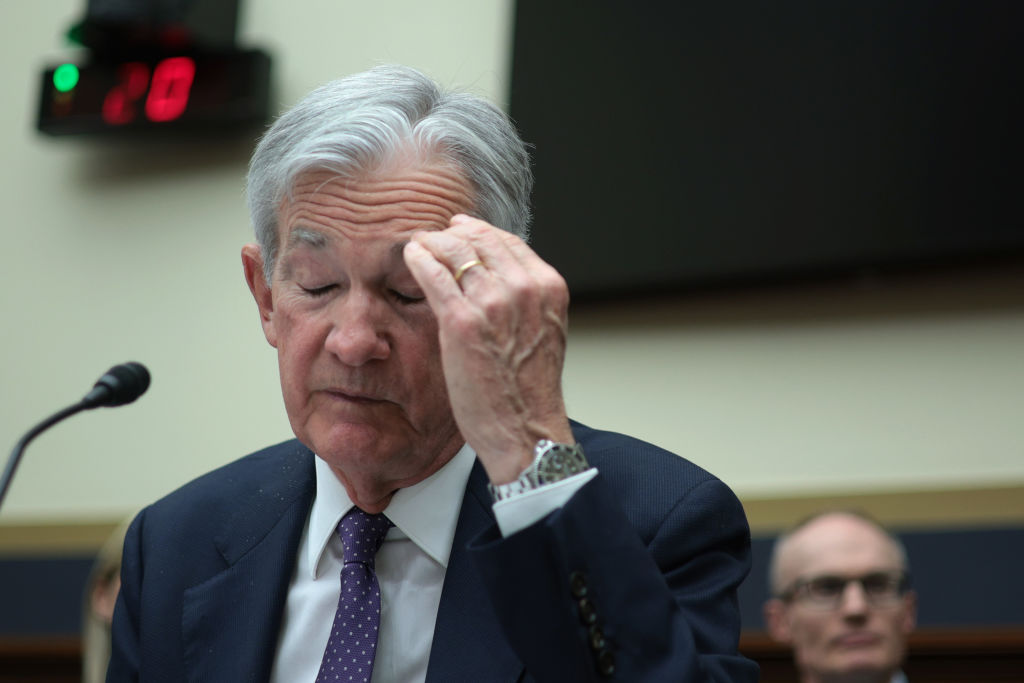 Can Donald Trump fire Jay Powell – and what do his threats mean for investors?
Can Donald Trump fire Jay Powell – and what do his threats mean for investors?Donald Trump has been vocal in his criticism of Jerome "Jay" Powell, chairman of the Federal Reserve. What do his threats to fire him mean for markets and investors?
-
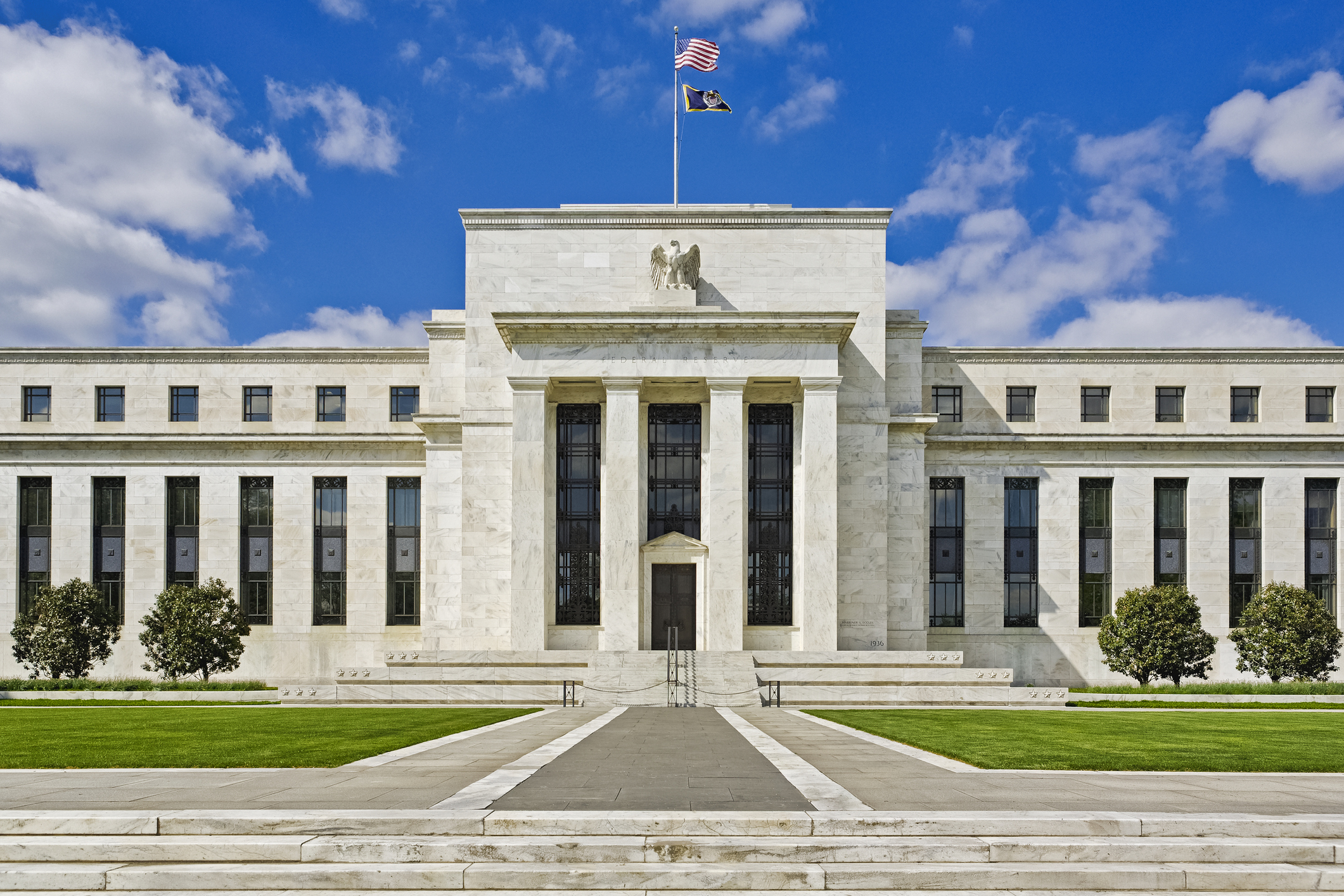 Do we need central banks, or is it time to privatise money?
Do we need central banks, or is it time to privatise money?Analysis Free banking is one alternative to central banks, but would switching to a radical new system be worth the risk?
-
 Will turmoil in the Middle East trigger inflation?
Will turmoil in the Middle East trigger inflation?The risk of an escalating Middle East crisis continues to rise. Markets appear to be dismissing the prospect. Here's how investors can protect themselves.
-
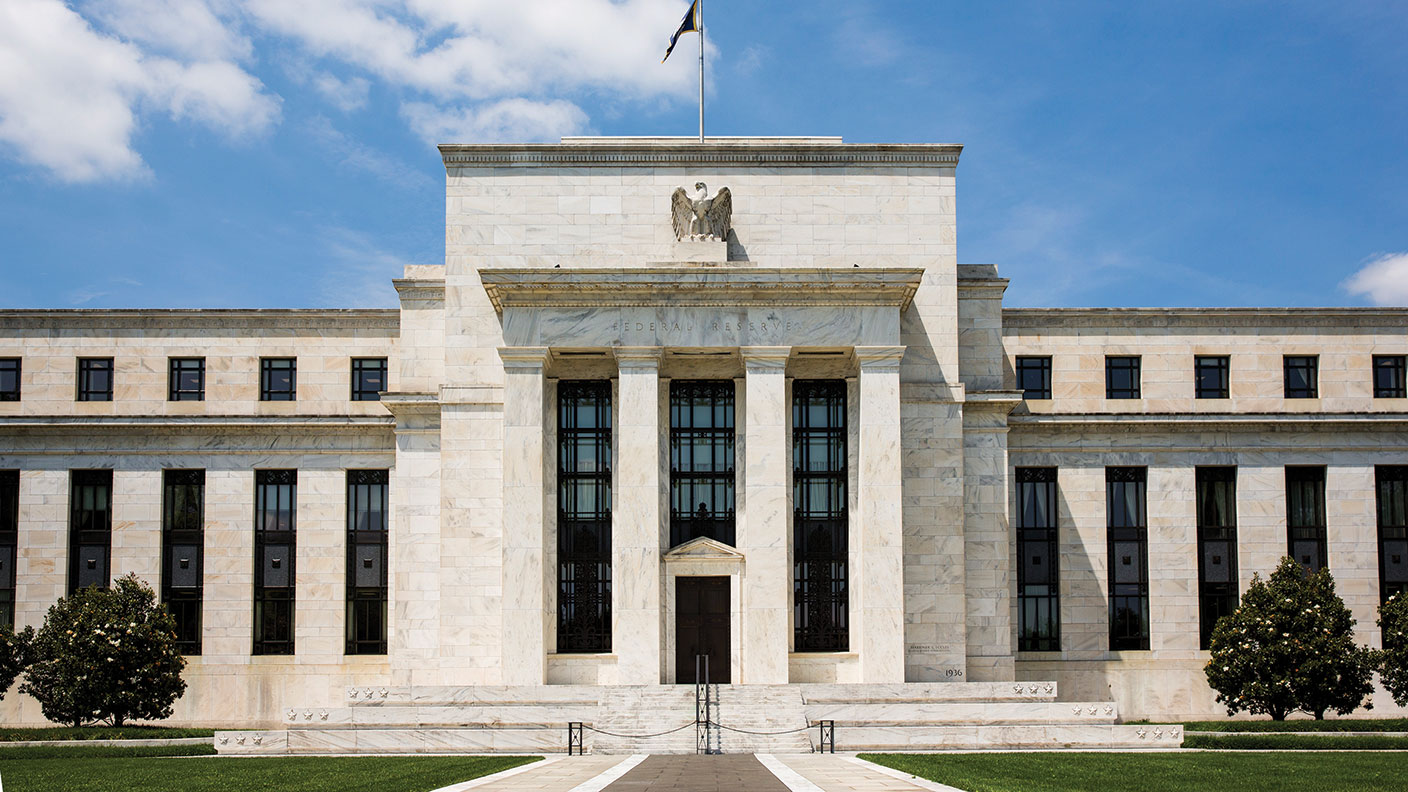 Federal Reserve cuts US interest rates for the first time in more than four years
Federal Reserve cuts US interest rates for the first time in more than four yearsPolicymakers at the US central bank also suggested rates would be cut further before the year is out
-
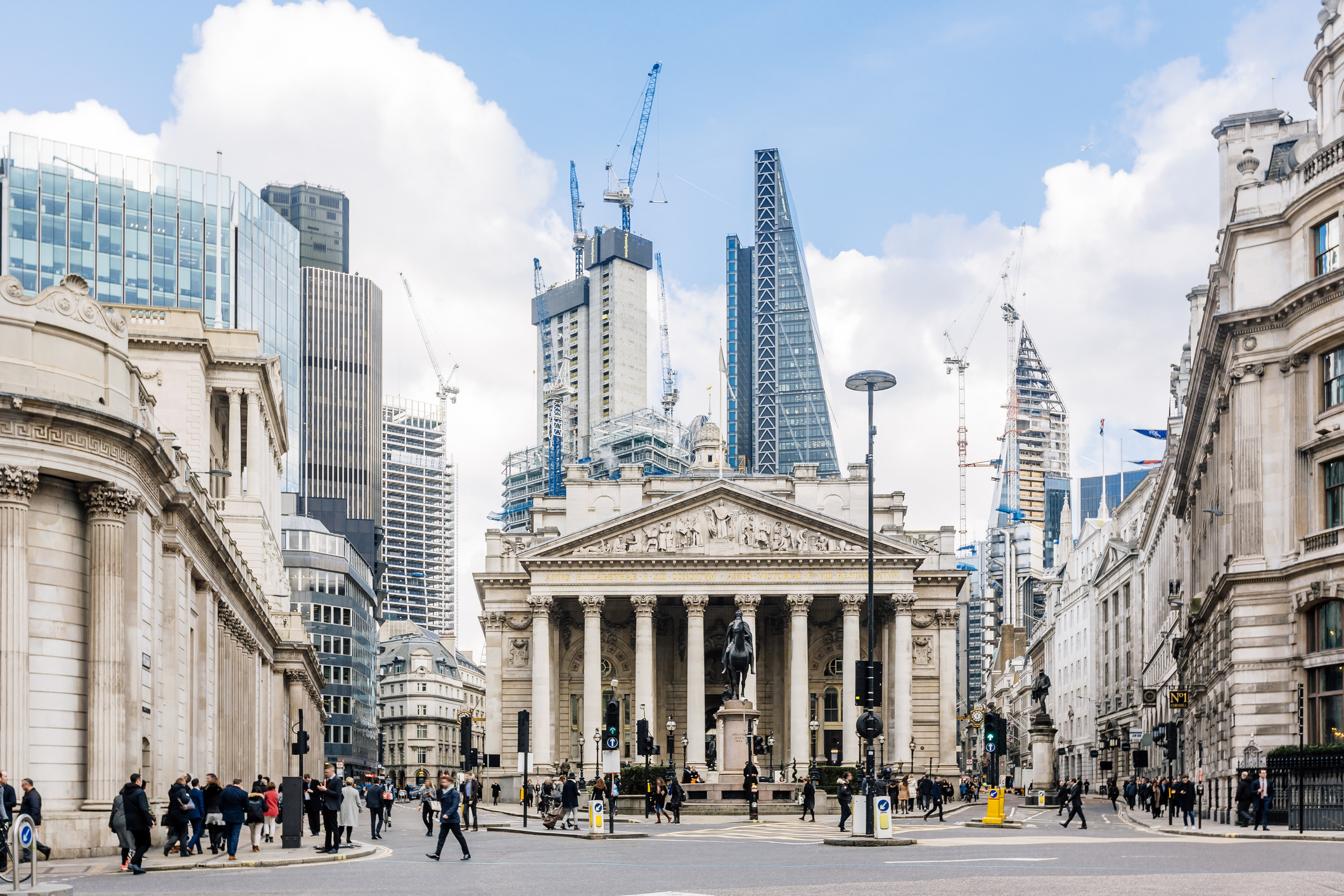 The Bank of England can’t afford to hike interest rates again
The Bank of England can’t afford to hike interest rates againWith inflation falling, the cost of borrowing rising and the economy heading into an election year, the Bank of England can’t afford to increase interest rates again.
-
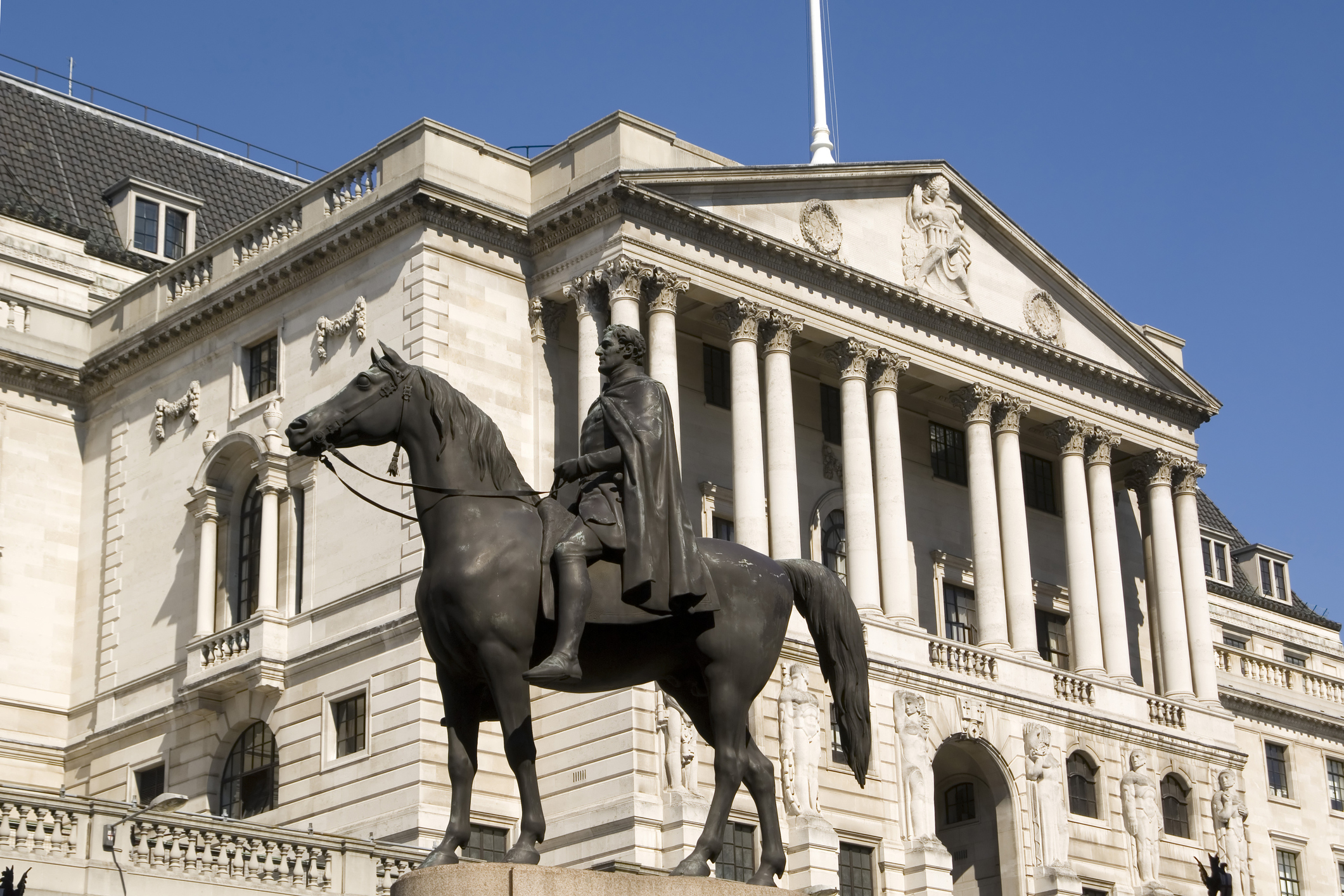 Interest rates held at 5.25% again
Interest rates held at 5.25% againThe Bank of England has kept rates at 5.25% again, in a widely anticipated move. We look at what it means for your money - and what the Bank’s next move could be
